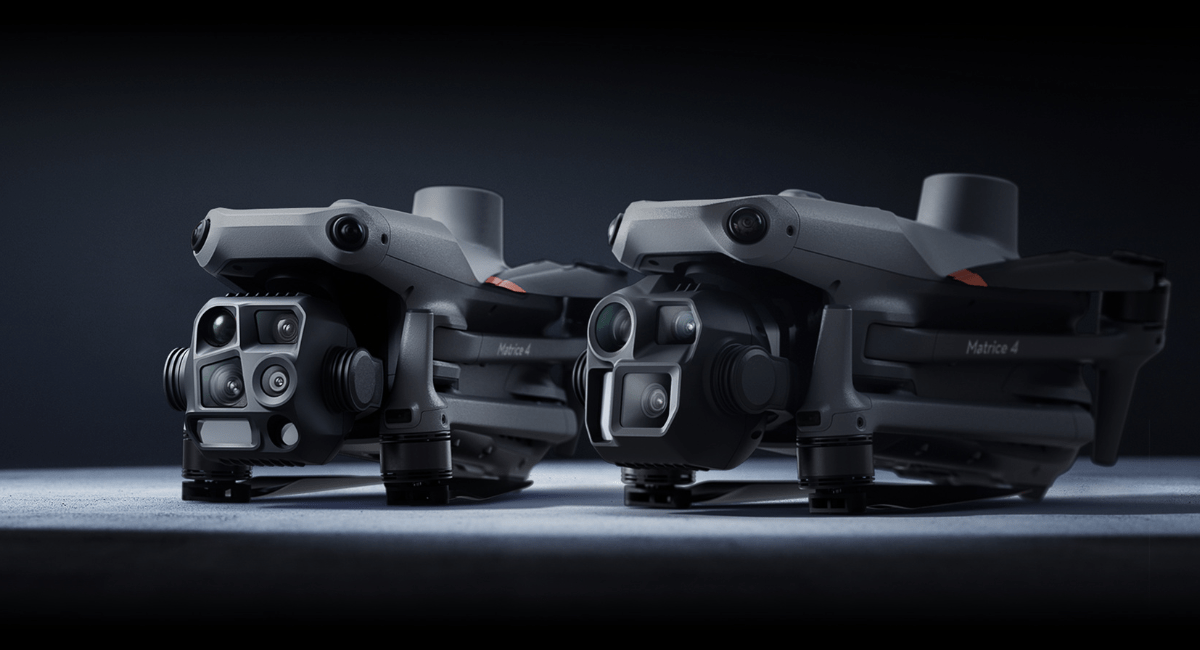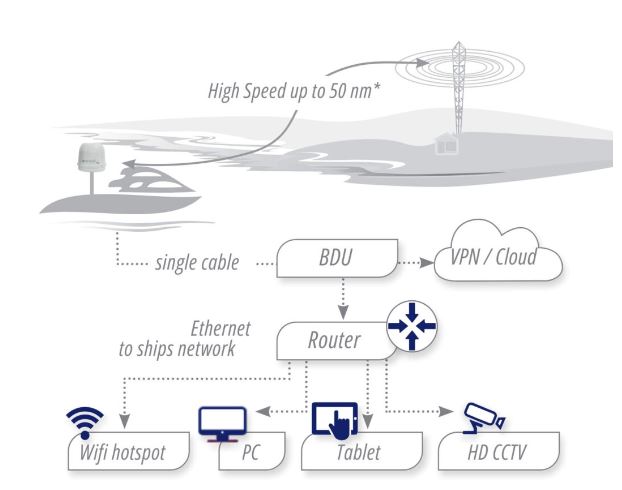In the ever-evolving world of wireless technology, the use of licensed and unlicensed spectrum plays a crucial role in ensuring seamless connectivity and efficient data transfer. Both licensed and unlicensed spectrum have their own unique characteristics, advantages, and disadvantages. In this comprehensive guide, we will delve into the key differences between licensed and unlicensed spectrum, explore their respective advantages and disadvantages, and discuss real-world applications for each type.
Understanding Licensed Spectrum
Licensed spectrum refers to a portion of the electromagnetic spectrum that is exclusively assigned to mobile network operators (MNOs) for independent usage. In simple terms, it is like having a dedicated lane on a highway reserved only for authorized vehicles. To obtain a license, companies must pay a fee and adhere to regulatory requirements set by organizations in their respective countries.
Advantages of Licensed Spectrum
Licensed spectrum offers several advantages that make it a preferred choice for many organizations:
- Reduced Congestion: Licensed Spectrum provides exclusive access to a specific frequency band, ensuring that there is no interference from other users. In case of interference, license holders have the right to involve authorities to resolve the issue.
- Enhanced Performance: With dedicated spectrum resources, licensed spectrum enables faster data transmission and increased transmission time, it can outperform unlicensed spectrum by delivering data ten times faster, especially on frequencies that are only available through licensing.
- Increased Efficiency: Licensed spectrum allows for more flexibility in deploying cellular networks. By spacing out base stations, network operators can optimize network costs and make services more affordable.
- Enhanced Security: Access to licensed spectrum is private, reducing the risk of unauthorized access, control, and manipulation of information. This heightened level of security is particularly crucial in industries where data privacy and confidentiality are paramount.
Disadvantages of Licensed Spectrum
While licensed spectrum offers numerous benefits, there are also some drawbacks to consider:
- Higher Equipment Costs: Licensed spectrum equipment tends to be more expensive compared to unlicensed spectrum equipment. However, the target audience for licensed spectrum typically has the financial resources to invest in such equipment.
- License Cost and maintenance: Acquiring and maintaining licenses can be costly, especially for large networks that require extensive use of licensed spectrum.
Understanding Unlicensed Spectrum
Unlicensed spectrum, on the other hand, refers to a part of the electromagnetic spectrum that can be assigned to or shared with anyone for non-exclusive usage, subject to certain regulatory constraints. It is like having multiple vehicles sharing a general-purpose lane on a highway. Users do not need permission from regulatory bodies to operate on unlicensed spectrum.
Advantages of Unlicensed Spectrum
Unlicensed spectrum offers its own set of advantages, making it a popular choice for various applications:
- Lower Cost: One of the significant advantages of unlicensed spectrum is that there are no fees associated with its usage. This makes it more accessible and affordable for individuals and small organizations.
- Accessible, Affordable Equipment: Equipment designed for popular unlicensed spectrum bands is widely available at reasonable prices. This accessibility fosters innovation and encourages the adoption of new technologies.
- Useful Knowledge: Due to the widespread use of unlicensed spectrum, there is a wealth of practical information available on its properties and characteristics. This knowledge can be leveraged to optimize performance and troubleshoot issues.
Disadvantages of Unlicensed Spectrum
While unlicensed spectrum offers cost savings and flexibility, it also has its limitations and disadvantages:
- Higher Congestion: Some frequency bands withing the unlicensed spectrum can be heavily utilized, leading to congestion issues. The 2.4 GHz spectrum band, for example, is commonly used for personal and business purposes, which can result in limited availability and reduced performance in crowded areas. However, various tools and techniques can mitigate congestion in unlicensed spectrum.
- Regulatory Limits: Many frequency bands operating under unlicensed spectrum have regulatory limits on effective radiated power. Users need to be aware of and comply with these regulations to avoid interference with other devices and ensure responsible spectrum usage.
- Reduced Security: As access to unlicensed spectrum is public, it increases the risk of unauthorized access, control, and manipulation of information. Network operators and users must implement robust security measures to protect against potential cyber threats.
Applications of Licensed and Unlicensed Spectrum
Both licensed and unlicensed spectrum find applications in various industries and use cases. Let’s explore some examples:
Licensed Spectrum Applications
Public Safety and Emergency Services
Licensed spectrum is essential for public safety and emergency services. Police, fire departments, and ambulance services rely on licensed spectrum to establish reliable and secure communication channels during critical situations. This ensures uninterrupted communication and coordination among first responders, enabling faster response times and more efficient crisis management.
Broadcasting and Television
Licensed spectrum is critical for broadcasting and television services. Stations and networks utilize licensed spectrum to transmit high-quality audio and video signals to viewers’ homes. The allocation of licensed spectrum enables broadcasters to operate on specific frequencies without interference, ensuring a seamless viewing experience for audiences.
Unlicensed Spectrum Applications
Wi-Fi and Home Networking
Unlicensed spectrum is widely used for Wi-Fi and home networking. Devices such as routers and access points operate on unlicensed spectrum bands, providing wireless internet connectivity within homes, offices, and public spaces. The availability of unlicensed spectrum allows for easy setup, affordability, and widespread adoption of Wi-Fi technology.
Internet of Things (IoT)
Unlicensed spectrum plays a crucial role in enabling the Internet of Things (IoT) ecosystem. Many IoT devices, such as smart home devices, wearables, and industrial sensors, operate on unlicensed spectrum bands. This allows for seamless connectivity and data transfer between devices, enabling the realization of smart homes, smart cities, and efficient industrial processes.
Personal and Recreational Devices
Unlicensed spectrum is widely used by personal and recreational devices, including cordless phones, baby monitors, Bluetooth devices, and wireless audio systems. These devices operate on unlicensed spectrum bands, providing convenient and wireless communication for personal and entertainment purposes.
Conclusion
Licensed and unlicensed spectrum each have their own advantages, disadvantages, and applications. Licensed spectrum offers exclusive access, enhanced performance, increased efficiency, and heightened security. It is well-suited for critical applications such as public safety, and broadcasting. On the other hand, unlicensed spectrum provides cost savings, flexibility, and accessibility. It finds applications in Wi-Fi, IoT, and personal devices.
Understanding the differences between licensed and unlicensed spectrum is crucial for organizations and individuals alike. By choosing the appropriate spectrum type for their specific needs, they can ensure optimal connectivity, efficient data transfer, and secure communication in an increasingly interconnected world.
At Abdulrahman Alshareef Group, we professionally handle both licensed and unlicensed spectrum at the edge. Whether you require reliable connectivity for licensed spectrum applications or cost-effective solutions for unlicensed spectrum deployments, our team is here to help you design a custom solution tailored to your most demanding requirements. Reach out to us anytime to learn more about how Abdulrahman Alshareef Group can empower your wireless connectivity needs.





























